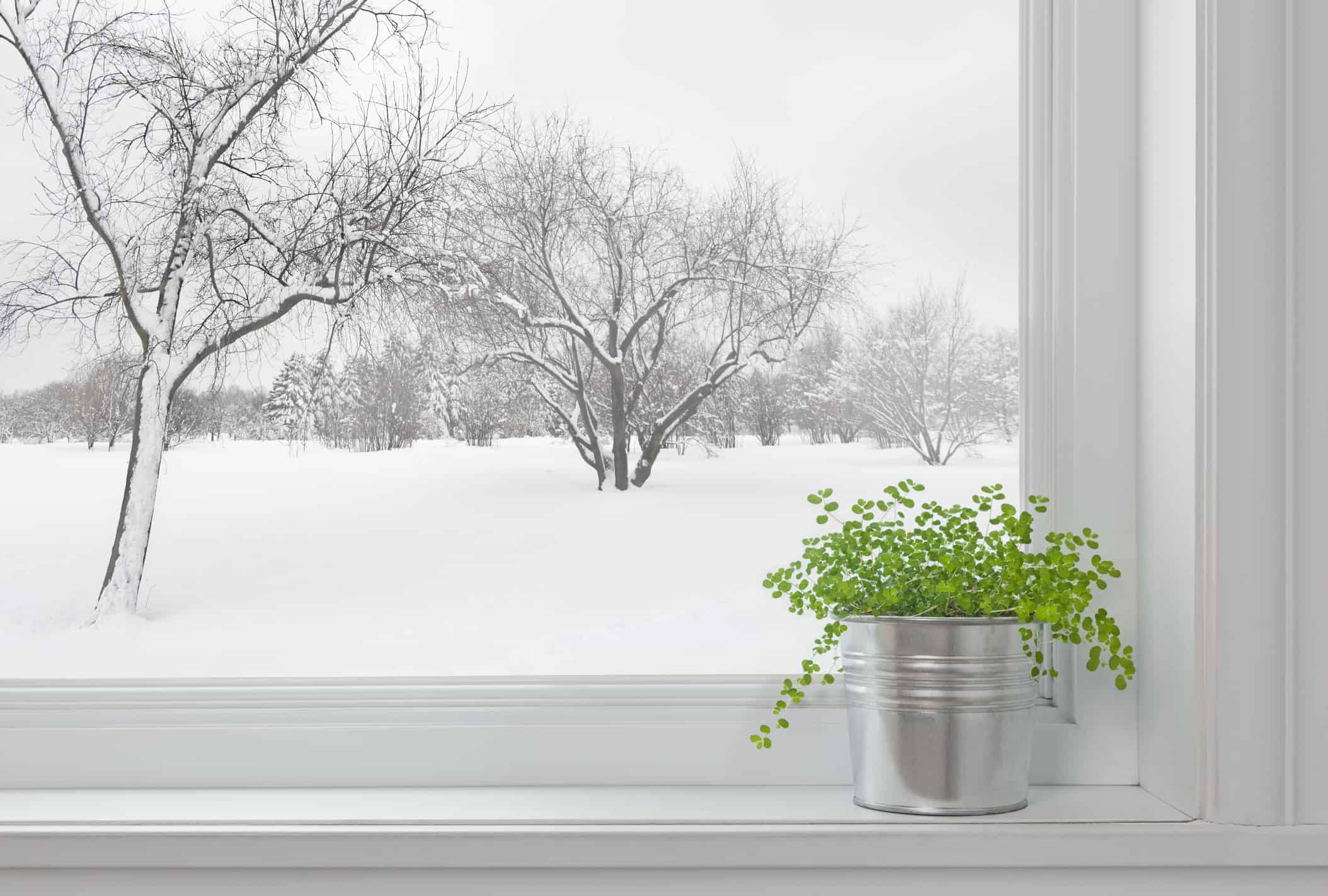Every winter, we at Rohit Communities, receive numerous calls from homeowners questioning why there is condensation on the windows in their homes. Our Customer Care Manager, Tiffany Vanderputten, has some info on why this might be happening in your home.
All of the talk now a-days is about high efficiency, triple pane windows, but why do such high-quality windows wind up with condensation and older homes with single pane windows never have this issue?! Window condensation is more prevalent now because building practices have changed over the years, not because of faulty windows. Homes today are being built better with improved insulation, better vapor barriers and overall improved air infiltration. The result being an overall “tighter” home. “Tight” homes are fantastic for helping us reduce the amount of energy required to heat and cool our homes, however it also makes it much harder to remove excess moisture from the air.
The primary reason that you see condensation on your windows is a result of the elevated levels of humidity in your home. Humidity (water vapour in the air) is a measure of how much moisture is in the air. We produce water vapour in many ways. Plants, pets and humans all create water vapour in our homes. On top of that, we create a tremendous amount of water vapour from showering, bathing, cooking, laundry and dishes!
Condensation is the process in which water vapour (gaseous state) comes in contact with a cool surface (such as a window) and converts back to the liquid state of water. In order for condensation to form on a window the temperature of the glass must be at or below the dew point of the air touching the glass. Even with the improved energy efficient windows, the glass temperature in the winter in Alberta will often fall below the dew point causing condensation on the windows.
How to Reduce Window Condensation
Here are a few easy steps on how to reduce window condensation in your home:
- If your home is equipped with a humidifier attached to your furnace, the standard rule is to keep your humidifier set at no higher than 35%. The humidifier should be adjusted in very small increments, to match your lifestyle.
- The fans in your home are vitally important as well when trying to minimize the amount of condensation in your home. The over the range hood fan in your kitchen should always be used when cooking.
- The bathroom fans should always be engaged when showering or bathing and should be left on for a minimum of 30 minutes after you leave the bathroom.
- If your home has a ventilation fan (also referred to as a primary exhaust) you should be turning it on for a minimum of thirty minutes in the morning and another thirty minutes in the evening.
- Air movement in your home is required to minimize condensation. To maintain proper air movement in your home you will want to ensure you are not placing any furniture over your floor vents and keeping your return air grills unblocked.
- Window coverings should also not be left closed at all times, horizontal blinds can be kept an inch or two open and curtains can be left open to allow air circulation. Trapping cold air between the window and the covering will increase the risk of condensation on the windows.
The items listed above will greatly help in keeping the amount of condensation in your home down but we all live differently and will have to adjust the items in your own home to properly reflect your lifestyle. 
Looking for your new home? Be sure to check out our showhomes and quick possession homes in a community near you.
